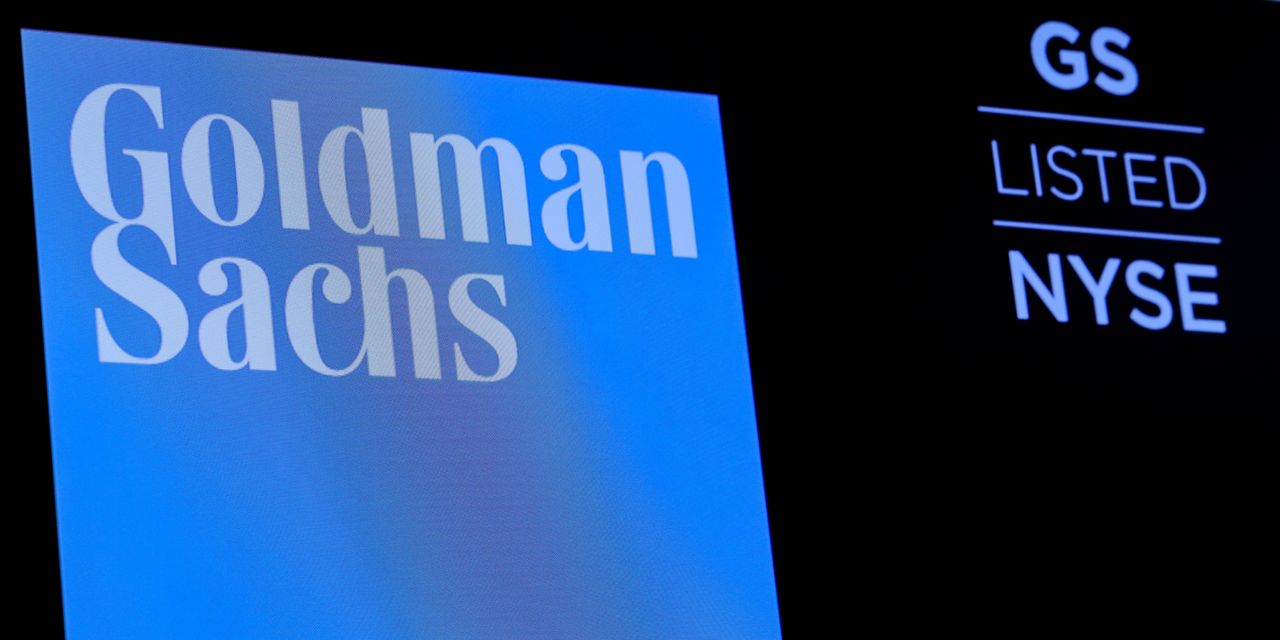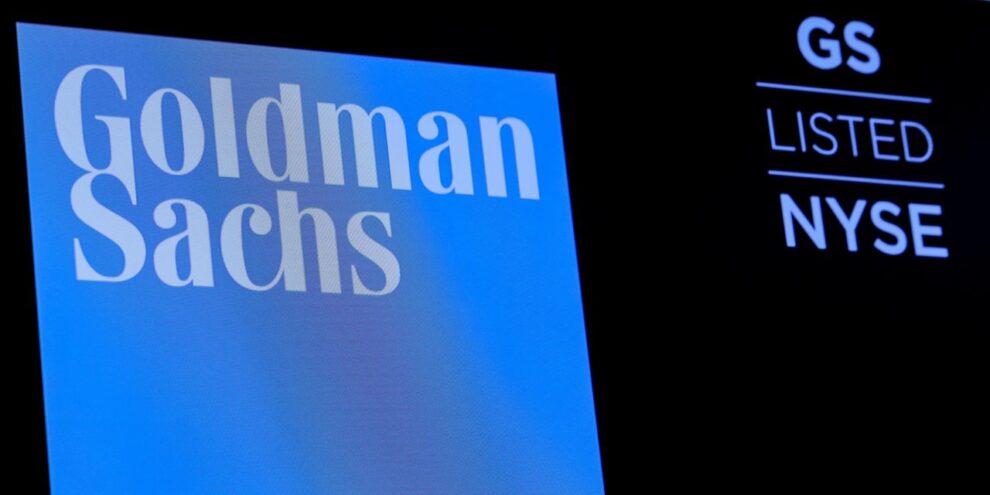
Investors should favor U.S. equities this year even as valuations are historically high and the Federal Reserve moves toward tightening its monetary policy, according to the investment strategy group at Goldman Sachs.
“Using valuation as a signal to get out of equities is actually not effective,” said Sharmin Mossavar-Rahmani, chief investment officer for Goldman’s consumer and wealth-management division, during a media briefing Thursday, on the group’s 2022 outlook. Investors risk missing out on big returns by getting out of the market due to concerns over undoubtedly high valuations, she said.
Consider the S&P 500 index, which measures the performance of U.S. large-cap stocks. It entered the 10th decile for equity valuations seen in the post-World War II period in December 2016. Since that time, however, the index has produced a 133% total return through 2021, rallying despite expensive stock-market valuations, Goldman’s investment strategy group said, in their outlook report.
While many investors point to similarities between today’s U.S. stock market and the dot-com bubble of late 1999, Goldman sees significant differences, including the breadth of the rally, according to Mossavar-Rahmani.
To be sure, the S&P 500 is concentrated in a small group of stocks — Meta Platforms Inc. FB, -2.03%, Apple Inc. AAPL, -1.90%, Netflix Inc. NFLX, -3.35%, Google parent Alphabet GOOG, -1.78%, Microsoft Corp. MSFT, -4.23%, Amazon.com Inc. AMZN, -2.42%, NVIDIA Corp. NVDA, -5.09% and Tesla Inc. TSLA, -6.75% Goldman pegged the group as representing 27% of the index’s market capitalization, but also pointed to strong returns for the index last year that were broad.
The S&P 500 SPX produced a total return of 28.7% in 2021, FactSet data show. But even after excluding the group of eight stocks that Goldman highlighted as having a collectively large weighting in the index, returns still would have been high at 24.9%, the investment strategy group said.
“This bull market has not been driven by only a handful of stocks,” the Goldman report says. “Returns were much more skewed in 1999 than in 2021.”
In 1999, the S&P 500 index returned 21%, while an equal-weighted version of the index gained 10% and the median stock returned just 1%, the report shows.
Also, the equity risk premium, a measure of the earnings yield of the S&P 500 relative to the yield on the 10-year Treasury note, “was significantly less attractive in 2000,” according to the report.
The yield on the 10-year Treasury note TMUBMUSD10Y, 1.728% has climbed about 21 basis points already in January. The Fed, earlier this month, released minutes of its December meeting showing it becoming more aggressive than previously anticipated in taking potential steps toward tightening its monetary policy to fight high inflation.
Read: Consumer prices rise 0.5% in December and push inflation rate to nearly 40-year high of 7%
Goldman’s investment strategy group said they expect at least three interest rate hikes by the Fed in 2022, with more potentially coming, if merited, due to higher inflation or faster growth. But “in the event of a global disruption, including a resurgent pandemic, rates could be raised at a slower pace or not at all.”
Under their base case scenario, Goldman expects the S&P 500 index to produce a 6.3% total return this year, according to the report.
“U.S. preeminence is not going to disappear,” said Mossavar-Rahmani, of Goldman’s recommendation to overweight U.S. equities. The U.S. maintains an edge in innovation, she said, while also citing the higher productivity of its labor force and relatively strong corporate earnings growth.
Of course, the U.S. stock market may be bumpy in 2022, with the potential for a “downdraft” at any point during the year, said Mossavar-Rahmani. But the risk of a recession is low, she said.
Goldman expects global growth will be 4.5% this year, which is “well above trend,” according to the report. The U.S. economy should expand 3.9% in 2022, with unemployment falling to 3.1% by the end of the year, the report shows.
The COVID-19 pandemic is the “top risk” to Goldman’s outlook. Supply-chain bottlenecks that have stoked inflation in the pandemic should eventually ease this year as companies seek to adjust constraints, according to Mossavar-Rahmani.
People are moving supply chains out of China to other parts of the world, something that started even before the pandemic, with “some of it onshoring back into the U.S. or moving to Mexico,” she said.
Meanwhile, inflation will probably stay high this month and in February, potentially reaching peak levels, and then slowly beginning to fall in 2022, according to Mossavar-Rahmani.
“There are a lot of risks out there,” she said, “but we think we can navigate them.”
On Thursday, stocks closed lower and the Nasdaq Composite halted a three-session recovery, as investors sold shares of Big Tech companies.






